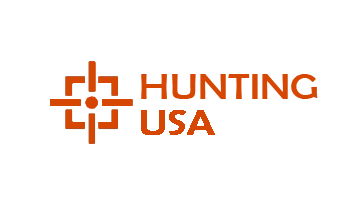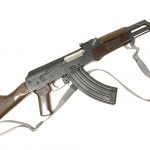Weapon Light Use: Canopy Light vs. Direct Light
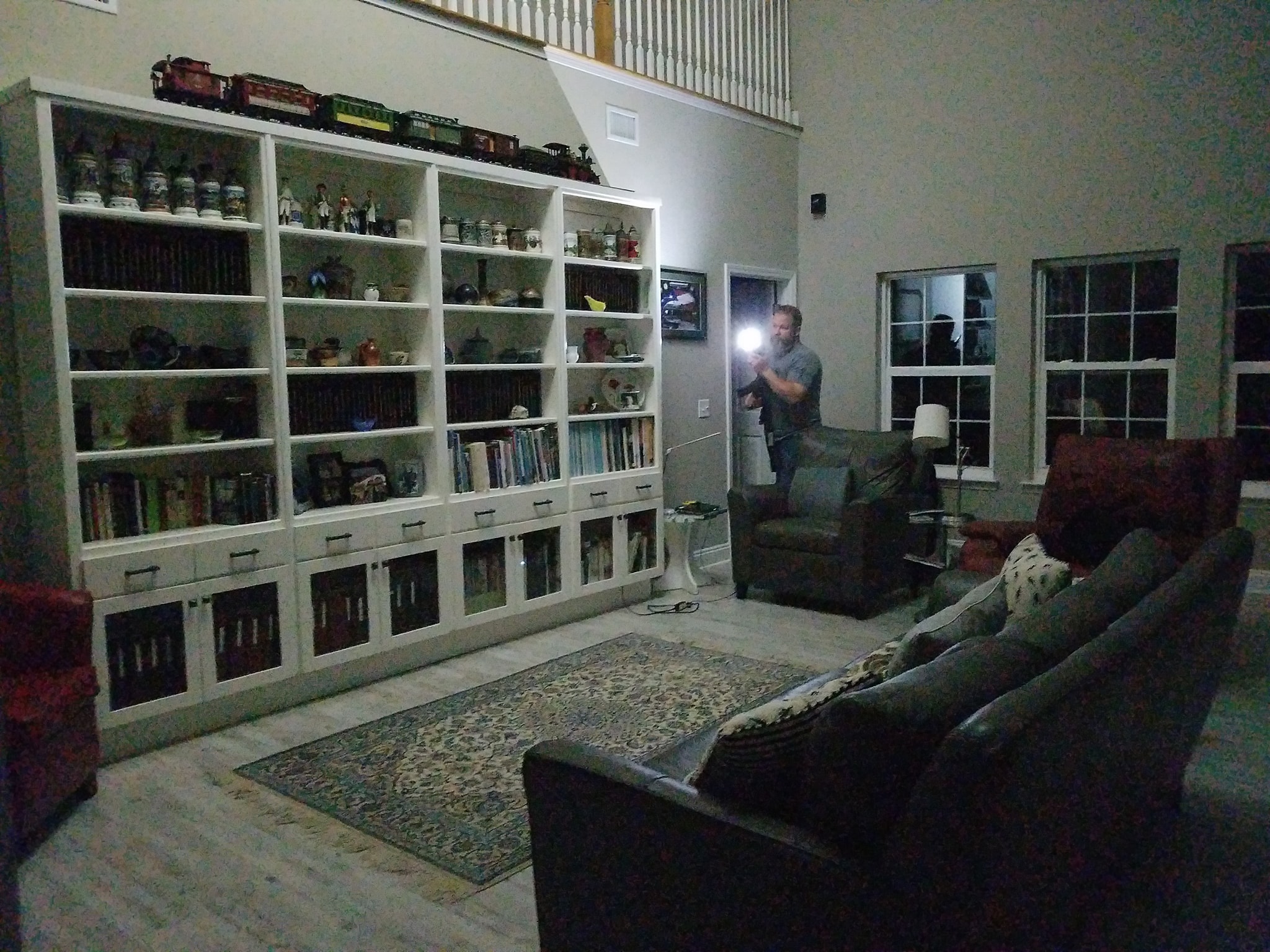
The picture above is one of two posted by Matt Jacques of Victory First on his social media. Accompanying that image was the quote “Canopy lighting vs. direct lighting when discussed as a searching technique.” (The other image is below.) It goes on to address an aspect of high ready vs. low ready: one that has to do with the best use of a WML, i.e. a weapon-mounted light.
He made two main points:
• Opens up the “high gun vs. low gun” conversation. If you subscribe to “low gun”, when will you practice working rooms with light?
• You have to be proficient in a room with provided light and applied light.
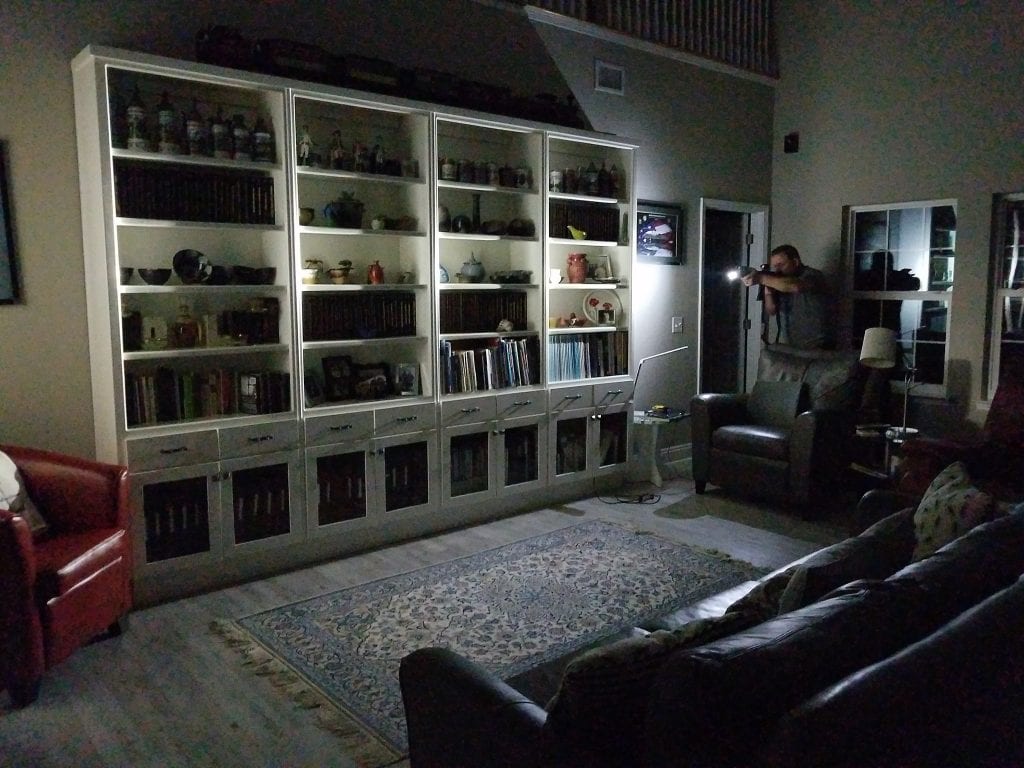
High ready vs. low ready when it comes to applying your weapon light. [This is Surefire Scout weapon light on an LWRCI ICA5 carbine, fed by a Magpul PMAG + MagPod, used to clear a residence after a bump in the night. Further details below.
Well…that limited explanation is the instructional equivalent of physical activities that lead to unfortunate shades of blue. In fact, it opens up more questions than it answers (which was probably the point).
I reached out to MJ for some additional clarification. Read on to get your learn on.

Read more snap shots!
Q: What is canopy lighting?
A: “Canopy” lighting can be referred to as any of the following: Umbrella / Canopy / Bouncing. Whatever you call it, it all basically uses the power of your white light against the white ceiling of the room you are in (when speaking specifically on residential structures that primarily have white ceilings).
This technique allows more blooming of your light and gives a better, more natural casting of the light, and allows you to see more. You take in more optical information more quickly instead of merely looking where the pointed light is. That’s what traditionally happens when folks use direct lighting.
Q. What is direct lighting?
Direct lighting is where you are simply using all of the light and physically pointing it directly at an area or object. This is obviously what happens when you are addressing a threat or are deliberately searching a dark, specific area (outdoors, a basement stairwell, long unlit hallway, or the like).
Q. What is canopy lighting used for?
Canopy lighting is primarily used to take in as much information very quickly inside a room where you haven’t identified a specific threat that needs to be addressed. It allows you to enter a room, bounce the light off of the ceiling and observe more of the general space and any obvious people who are in the room.
You should be using a threat index of 1, bodies; 2, doors; and 3, hides. Canopy (or umbrella lighting) gives you the quickest optical advantage to identify those first two concerns very quickly.
Q: What is direct lighting used for?
Direct lighting is to fill a void space to ensure you can see as much as possible when you cannot use canopy lighting (think outside searching, dark spaces/voids, etc.). It is also used to address a specific threat.
It’s accomplished when you use all of your light directly on a threat or a smaller area. It is also used by depressing the muzzle slightly towards the ground to see as much as possible without obstructing any of your ability to see (any weapons and both hands, plus the surrounding area).
Someone using the direct lighting method should be aware that they are not only potentially violating a cardinal rule of firearms safety (pointing a weapon at something you do not intend to kill), but could also be violating the law – in many states, at least – by brandishing a weapon.
There are all sorts of “What Ifs” and “What About” scenarios that are not in that category, but that’s for another discussion.
Q: Why are you going “high gun” (high ready) here in that first picture?
High gun gives me the ability to utilize the ceiling for canopy lighting, In the two pictures, it is apparent that using high gun to accomplish canopy lighting is giving me more immediate information about the room than would have directly entering the room and driving direct lighting into a corner.
Q: Does canopy and direct light, and high ready vs low light, apply to both rifles and pistols?
Both canopy and direct lighting can be sued with a handgun or a rifle. And with a light-equipped shotgun. If you use a scattergun for home defense, you still need to ID your target, just like you do with a long gun or handgun.
With the handgun, the two lighting techniques apply to both a weapon-mounted flashlight and a handheld light for searching. This goes back to direct lighting for outdoors or hides, dark places, and addressing threats.
Also, the same principles apply to a handheld flashlight by itself if you’re not in a threat environment, i.e. just moving or searching. The canopy method is going to provide a greater ability to receive and process information than the direct method, but the direct method remains more effective when driving into deep places, corners, etc.
Q: Isn’t high ready unsafe?
High gun is only “unsafe” if you’re not taught the pros and cons of both high and low gun. As long as I am aware of what or who is above or below me as I wield the carbine or handgun, they are safe. Both positions have valuable benefits, for both weapons.
Q: When would you not go high ready?
I would not go high ready if that position muzzled something or could potentially cause harm to something I did not want to threaten. For instance, if I am searching outside of my house and I am moving towards it, I may not want to work from high gun because there are bedrooms on a second floor. I also may not want to work from the high gun if I the presence of any substrates on the ground could be used to assist in the lighting of an area.
Q: Is it okay to go “low gun” (low ready)?
It is ok to use low gun or high gun. When it comes to high ready vs. low ready, there are scenarios that can be laid out for either being efficient, safe, and effective.
Q: When would you not go low gun?
I may not use low gun if I need to drive the gun over a barrier/cover or another person. This could be team movement or working over/past a ballistic shield or another piece of cover or concealment. Similar situations could occur with “friendlies” in a home defense or other situations.
Q: Tell me about the rifle in that picture.
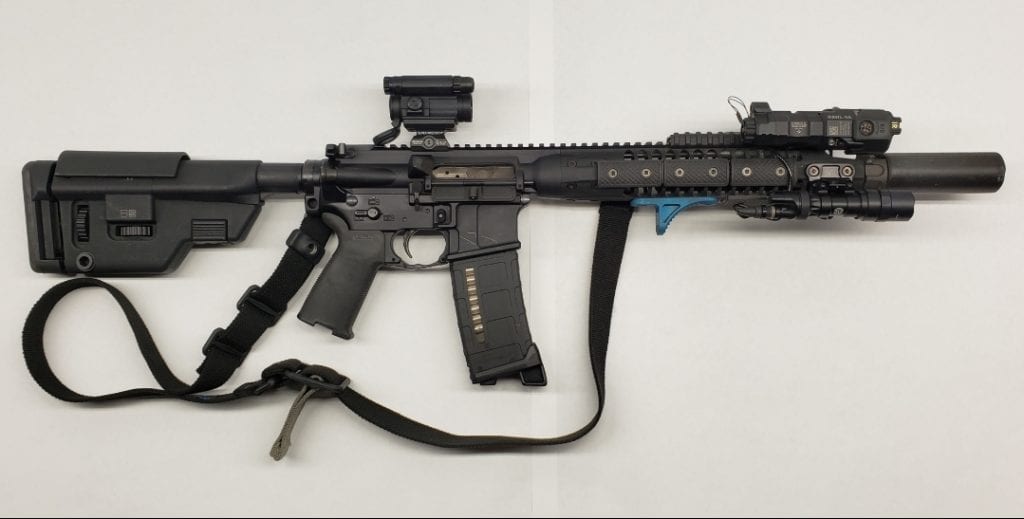
Suppressed LWRCI ICA5 carbine, equipped with Aimpoint CompM5, Surefire Scout light, Surefire SOCOM Mini suppressor, B.E. Meyers MAWL-DA laser, True North Concepts Gripstop, and Blue Force Gear sling. The weapon is using a Magpul PMAG with Magpod stabilizing base plate, loaded with Federal Premium 62gr bonded 5.56mm ammunition. Read more about or take a low light training class from Victory First: Victory-First.com.
Find weapon lights at GunMag Warehouse.
David Reeder’s Wu Tang name is Lucky Prophet. He is a retired AF veteran, former Peace Officer, and current Tier 2.5 writer-operator. Over the course of his career, he has worked a variety of military and lE billets, served as an Observer-Controller at the National Homeland Security Training Center, a MOUT instructor, and an MTT tracking instructor – all of which sounds much cooler than it really was. Although he only updates his website once in a very great while, he can absolutely be relied upon to post to social media (@reederwrites) at least once a month. -Ish.
